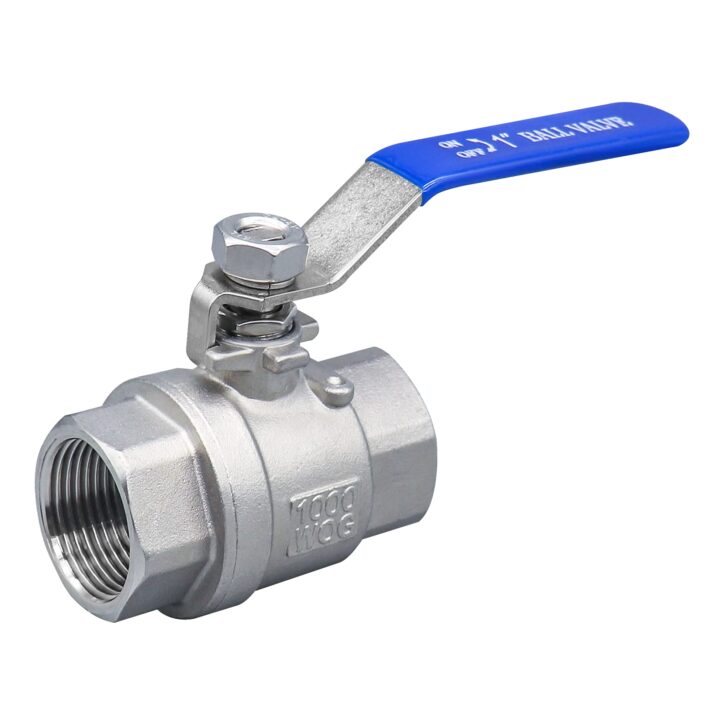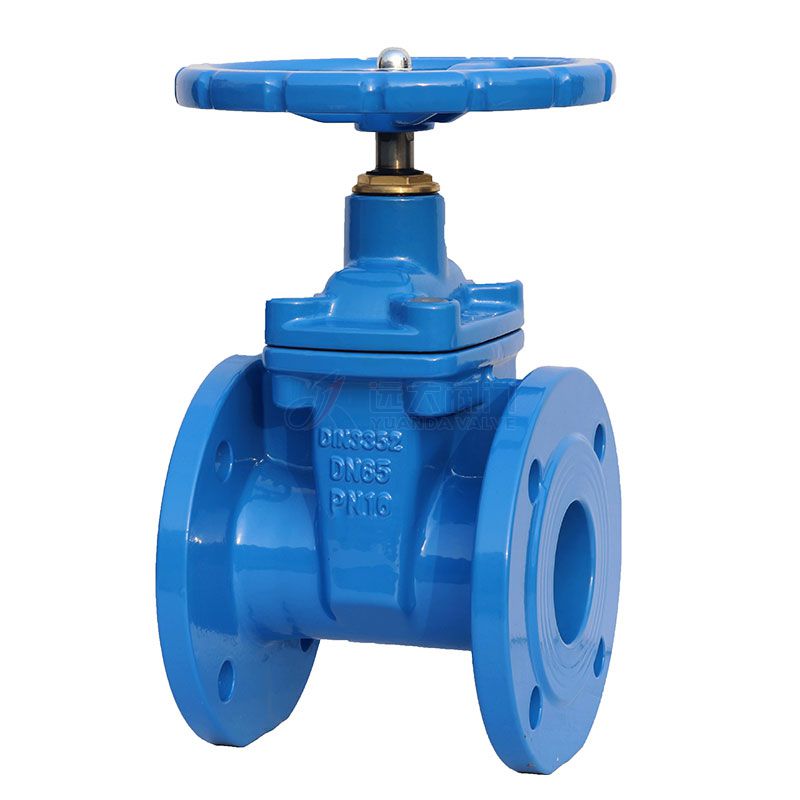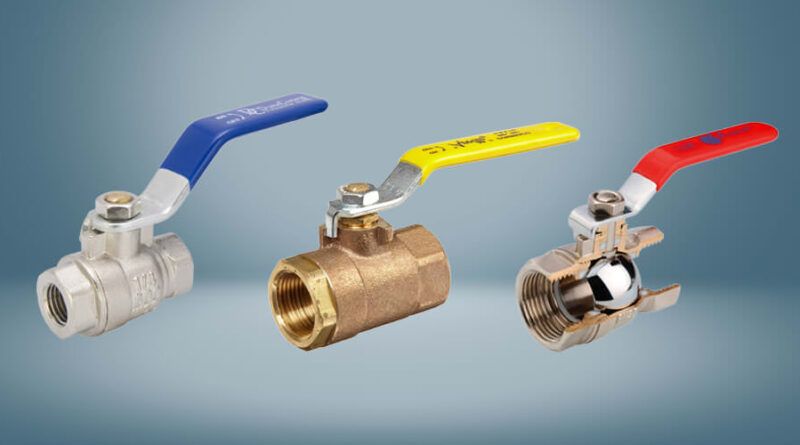A Closer Look at Shut-Off Valve Varieties: Ball, Gate, and Butterfly
Shut-off valves are essential components in various industries, crucial in controlling the flow of fluids and gasesEach of these valve varieties has its unique characteristics and applications. This article looks closer at these shut-off valve varieties, exploring their design, functionality, and common uses. . Among the diverse shut-off valve types, three are widely used and versatile options: Gate, butterfly, and ball valves.
1. Ball Valves: Precision and Efficiency

These shut-off valves are known for their excellent shut-off capabilities and quick operation. They consist of a spherical closure element, often metal or plastic, which rotates within the valve body to control the flow. Upon rotating the ball by 90 degrees, the flow path becomes completely open, facilitating uninterrupted flow. Similarly, a 90-degree turn in the opposite direction closes the valve, halting the flow completely.
Design and Mechanism: These shut-off valves feature a hollow, perforated ball that contains a bore through which the fluid passes. The ball is attached to a stem connected to an actuator or handle. As the handle is turned, the ball revolves, either obstructing or allowing the passage of fluids.
Functionality: These shut-off valves offer excellent shut-off capabilities due to the minimal space between the ball and the valve body when fully closed. This design eliminates leakage and ensures tight shut-off. These shut-off valves are often used for on/off applications and are suitable for various fluids and gases, including corrosive substances.
Common Uses: These shut-off valves find application in industries such as petrochemicals, pharmaceuticals, water treatment, and oil and gas. Their durability and ease of operation make them suitable for high-pressure and high-temperature environments.
2. Gate Valves: Precision and Durability

Gate valves are recognised for their ability to provide a straight-line flow of fluids when fully open. They consist of a wedge-shaped gate element that slides up and down within the valve body to control the flow. The flow path is clear when the gate is fully raised, allowing maximum flow. Lowering the gate obstructs the flow, resulting in shut-off.
Design and Mechanism: Gate valves comprise a gate element connected to the valve stem. The stem can be rotated to raise or lower the gate, allowing for precise control over the flow. The gate fits snugly between two seats within the valve body, ensuring a tight seal when closed.
Functionality: Gate valves offer excellent shut-off capabilities and low-pressure drops when fully open. However, they could be better for frequent operation due to their design, which can lead to wear and potential leakage over time. Gate valves find frequent use in applications that demand isolation and occasional adjustments.
Common Uses: Gate valves are commonly found in water distribution systems, pipelines, and industrial processes where infrequent operation is acceptable. They are often used in applications with a desired full-bore flow without significant pressure loss.
3. Butterfly Valves: Efficiency and Versatility

Butterfly valves are characterised by their simple design and efficient flow control. They consist of a circular disc or plate, the butterfly, which rotates within the valve body to regulate the flow. The valve is fully open when the butterfly is parallel to the flow. A perpendicular orientation of the butterfly closes the valve.
Design and Mechanism: Butterfly valves feature a disc mounted on a rod passing through the centre of the disc. The rod is connected to an actuator that rotates the disc to control the flow. When the valve opens, the disc is parallel to the flow path, allowing fluids to pass freely.
Functionality: Butterfly valves are known for their rapid operation and low-pressure drop. They provide efficient flow control and can be used for both on/off and throttling applications. However, they may provide a different level of shut-off tightness than ball valves or gate valves.
Common Uses: Butterfly valves are widely used in HVAC systems, water treatment, and industrial processes where quick and efficient flow control is required. They are particularly well-suited for applications involving large flow volumes.
Conclusion
The variety of shut-off valves available in the market ensures that industries can choose the most suitable option based on their specific needs. Ball, gate, and butterfly valves have distinct advantages and applications. By understanding the characteristics and functionalities of these shut-off valve varieties, industries can make informed decisions to optimise their fluid and gas control processes.



